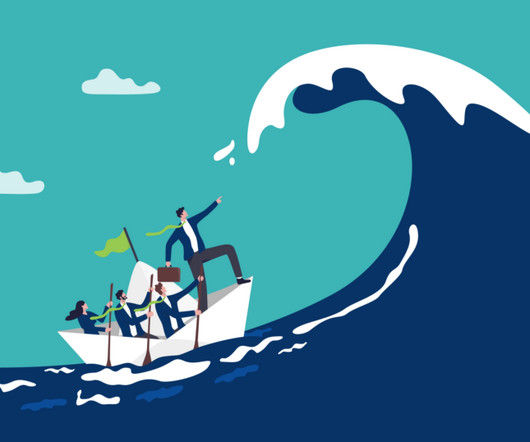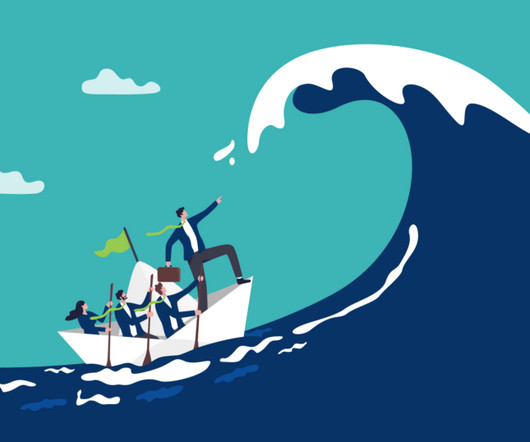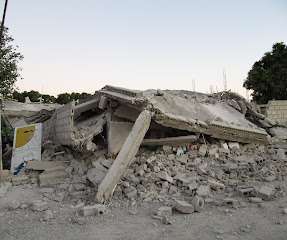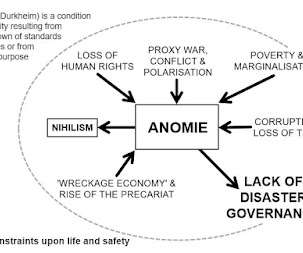The 2019 Global Assessment Report (GAR)
Emergency Planning
MAY 30, 2019
An example of this for the 2013 GAR can be found in Di Mauro (2014). It could be argued that political decision making is the greatest barrier of all to successful disaster risk reduction. Unofficial voices have suggested that the 'cure to damage ratio' for natural hazards is 1:43. The 'should ratio'. link] Di Mauro, M. (ed.)












Let's personalize your content